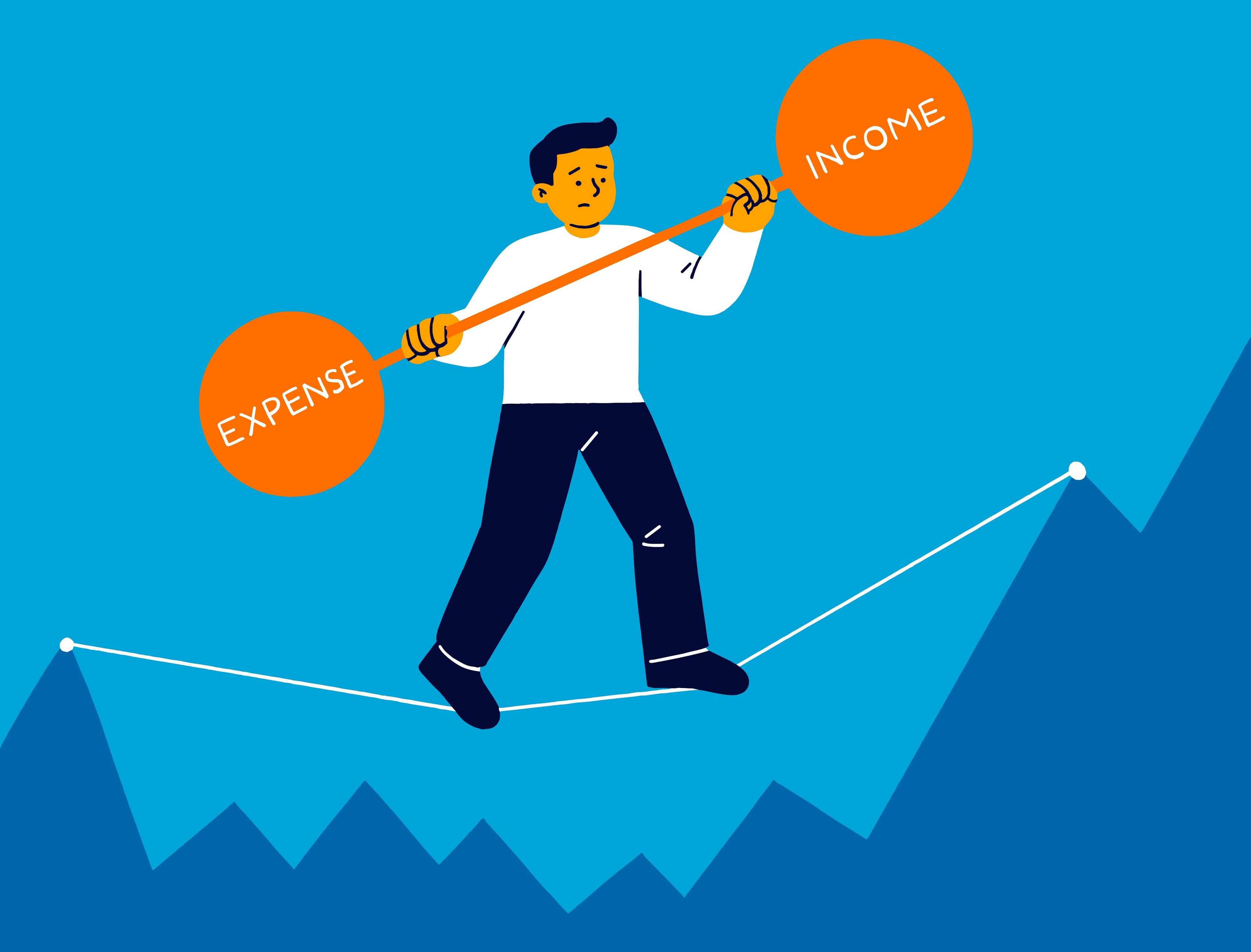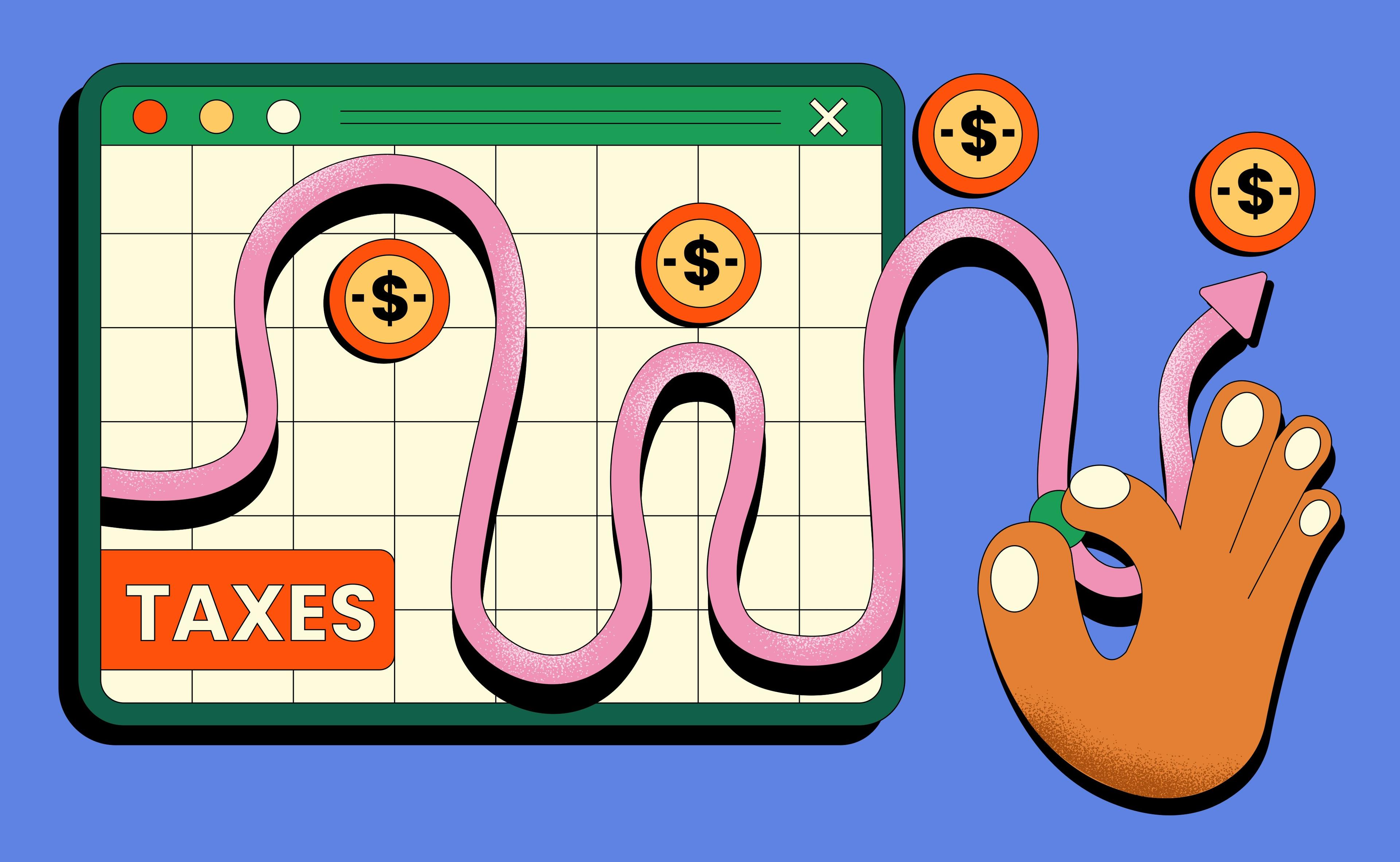Millennials did not meet adulthood in a calm, predictable economy. Many finished school during the global financial crisis, built early careers through years of wage stagnation, then took a direct hit from a pandemic and the wave of inflation and rate hikes that followed. Economic uncertainty is not a rare shock for this generation. It feels like the default setting. When your baseline is volatility, your money habits stop looking like classic textbook advice and start looking like a survival strategy that mixes caution, hustle, and occasional risk taking.
This is the backdrop for understanding economic uncertainty and millennial money habits. If you only look at the surface, you see contradictions. On one hand, surveys show millennials are more risk averse about buying homes or committing to big life milestones. On the other hand, they are overrepresented in crypto, trading apps, and high volatility investing. You see talk about burnout and anxiety, but also a never ending stream of side hustle content on TikTok. It looks messy until you realize the core pattern. When the system feels unstable, people try to build their own stability any way they can.
Start with the most basic shift, which is trust. Many millennials watched parents lose savings in the 2008 crisis, or saw older relatives struggle through layoffs and slow rehiring. That experience created deep skepticism about the idea that if you simply work hard and follow the rules, you will be fine. As inflation eats into salaries and housing feels out of reach in many cities, that skepticism grows. The result is lower trust in traditional institutions and higher willingness to experiment with alternatives, from neo banks to digital wallets and investment apps. It is not that millennials love risk. It is that they are trying to avoid feeling powerless.
That loss of trust shows up first in how they use banks. The typical millennial stack is no longer a single paycheck account and a dusty savings account. It is multiple apps, sometimes across different countries, each serving a specific purpose. A salary might come into a traditional bank account that exists mostly to receive money and pay big bills. Everyday spending is handled through digital wallets or debit cards that offer cash back, loyalty points, or fee free international payments. Savings may sit in a money market fund within a brokerage app or a high yield digital savings account rather than in the low interest legacy bank product their parents used. Economic uncertainty pushes people to squeeze every last bit of value out of the system, and apps make that feel more controllable.
The next pattern is the way millennials think about cash buffers. Older financial advice often focused on a three to six month emergency fund as a neat, fixed target. For a generation that has lived through job freezes, sudden pay cuts, and unexpected lockdowns, that target can feel too small. When the economy feels shaky, millennials who can save tend to hold more cash than previous generations at the same age. They might still invest, but they will keep a larger portion of their net worth in liquid form so that they have options if something breaks. This can look like risk aversion, but it is really an attempt to manage sequence risk, which is the danger of needing money at the worst possible time, such as during a market crash or a layoff.
At the same time, pure saving does not feel like a full solution when inflation spikes and asset prices run faster than wages. That pushes millennials into investing earlier and more actively than many of their parents did, but with a very different starting point. Instead of walking into a bank branch to speak to a relationship manager, they open a brokerage account through an app, follow finance creators on social media, and learn by doing with small amounts of money. Some of this is healthy. Dollar cost averaging into broad index funds through automated, low fee platforms is a solid response to uncertainty because it diversifies risk over time and across markets. However, the same environment also nudges people toward more speculative assets like meme stocks, altcoins, or leveraged products because there is a constant sense that slow and steady will never be enough to catch up.
Economic uncertainty also pushes millennials to diversify not just their assets, but their income. The classic single employer model looks fragile when you see news of mass layoffs every few months. That is a major reason side hustles have become a normal part of millennial money culture rather than a niche choice. Sometimes the extra work is about passion or creativity, but most of the time it is simply about risk spreading. Freelance projects, part time gigs, content creation, or online businesses act as a backup engine in case the main job stalls. This is especially strong in markets where wage growth is weak and the cost of living rises faster than salary increments. The downside is that people end up working longer hours, with less rest and more blurred boundaries between work and life, which can increase burnout even as it strengthens financial resilience.
Spending behavior reflects the same tension between fear and the desire to enjoy life now. Economic uncertainty encourages practical frugality in some categories and almost reckless spending in others. Many millennials will aggressively price compare, hunt for promo codes, and avoid unnecessary bank fees, yet still spend freely on travel, experiences, or small treats that provide emotional relief. This is not irrational if you accept that the future feels less guaranteed. When you are not convinced you will ever comfortably retire, it is tempting to front load some joy into the present as a hedge against a future that may not look as secure as it did for previous generations.
Debt is another area where uncertainty changes habits. Millennials are more wary of long term fixed commitments like large mortgages or car loans, especially if they have already been burned by student loans. At the same time, short term, flexible looking credit such as buy now pay later has become more popular because it feels lighter, even though it can be just as dangerous when stacked across multiple platforms. Economic stress makes the promise of painless installments and zero interest periods very attractive. Without clear tracking, that stack of small obligations can quietly trap someone in a cycle of repayments that eat into their ability to save or invest.
Technology plays a strange double role in all of this. On one side, fintech tools genuinely help millennials manage uncertainty more actively. Budgeting apps categorize spending automatically. Robo advisors help build diversified portfolios with low fees. Neo banks send instant alerts about unusual activity or upcoming payments. These features reduce the mental load of managing money and give users more real time information, which is crucial when conditions change quickly. On the other side, the same technology also makes it easier to chase trends, day trade on impulse, or take on hidden leverage. Economic uncertainty can push people into constant reaction mode, checking markets multiple times a day and feeling every headline as a personal threat to their portfolio.
Another subtle shift is in how millennials define success and security. Previous generations often saw owning a single home, staying with one employer, and building a predictable pension as the core of financial security. Millennials who have lived through housing bubbles, pension reforms, and the gig economy are more likely to think in terms of flexibility. Security looks like having transferable skills, mobile savings, and the ability to relocate or pivot industries if needed. This mindset influences money decisions. A millennial might rent longer, invest more heavily in liquid assets, and pay for courses or certifications instead of tying everything up in a single property. There is still a desire for stability, but it is expressed through optionality rather than permanence.
Economic uncertainty also changes how openly money is discussed. For many millennials, talking about salary, rent, or debt in group chats or on social platforms feels normal. That transparency is partly a coping mechanism. When people feel individually powerless against large forces like inflation or interest rate hikes, sharing information about job offers, bank fees, or investment returns becomes a way to regain some control. Collective knowledge helps people negotiate better, avoid bad deals, and spot patterns that would be invisible if everyone stayed silent. It is one of the quiet positives of this era. Scarcity can breed collaboration, not just competition.
At the core, economic uncertainty and millennial money habits are linked by one main idea. If the system feels unstable, you build micro systems for yourself. That might be a stack of digital accounts, a mix of incomes, an unusually large emergency fund, or a small but consistent investment plan. It can also be an intentional choice to spend on what matters most instead of chasing every traditional milestone. The danger lies in reacting so much to volatility that your entire financial life becomes short term and fragmented, with no long view that ties everything together.
The most sustainable response sits somewhere in between. Accept that uncertainty is not going away, so waiting for a perfectly stable moment to start saving or investing is not realistic. Use the tools that this generation has access to, but use them with a clear plan. That might mean deciding a fixed percentage of every paycheck that flows automatically into long term investments, keeping a separate buffer for emergencies so you do not need to panic sell, and setting simple rules for when you will and will not use credit. It also means being honest about the emotional side. If markets and headlines are causing constant anxiety, it may be better to simplify your setup rather than chase every possible optimization.
Millennials did not choose this economic backdrop, but they are choosing how to respond to it every time they open a banking app, accept a freelance gig, swipe a card, or tap buy on an investment screen. Those daily decisions are where uncertainty is translated into habit. Over time, the patterns that emerge are not just about fear. They are about adaptation. The challenge is to make sure those adaptations actually move you closer to a life that feels stable enough to live in, not just one that is constantly bracing for the next shock.














